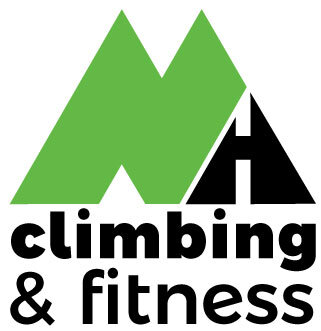Tune Up Your Lead Belay for the Gym
It’s that time of year again. The weather is becoming somewhat less reliable and you might be drawing up your training plans for the winter. If those plans include lots of climbing indoors on the sharp end, great! As you transition from working projects outside to running laps in the gym with your partner, make sure your lead belaying skills are on point with this handy checklist:
___ Your rope is long enough and in good condition. If you’re unsure, most gyms (including EVO) have lead ropes available to use/rent.
___ You can identify a back-clip, a Z-clip, and a back-step. These are all bad situations for your climber to get themselves into, indoors and out.
___ You ALWAYS give your climber your full attention. It’s easy to get complacent when your climber is on a warm-up route they’ve done a hundred times. Just remember that decking from a 5.7 hurts just as bad as decking from a 5.12+.
___ You stand close enough to the wall. Standing too far away can give you the illusion of having less slack out than you actually do. Plus, you’re no good to your climber if you slam into the wall and break an ankle.
___ You stay out of your climber’s fall zone. While you want to be close to the wall (see previous point), make sure you’re not directly under the clip line – otherwise you may end up wearing your partner as a hat.
___ You’re conservative with slack when your climber is low on the wall. Bolts in the gym tend to be closer together than bolts outdoors, so play it safe early in the climb.
___ If you’re using a Grigri, you feed slack properly. Petzl has both a fact sheet and a video about how they intended belayers to use the device. If you’re transitioning from an ATC to a Grigri and having trouble, we recommend consulting your friendly neighborhood gym staff member for help.
___ Your catches are softer than a cloud made of pillows. I’m willing to bet that your partner is going to be pretty upset if they get injured and miss a whole season of training and/or playing in the snow because you spiked them.
This is by no means an exhaustive list of everything you should be doing right with your lead belay technique. If you want to review even more skills, check out the super helpful videos from the AMGA and the AAC. You can also enroll in our monthly Introduction to Lead class (for beginners) or our Dynamic Lead Belay clinic* (for more advanced climbers).
*Offered occasionally, call the gym for availability.
